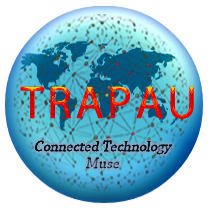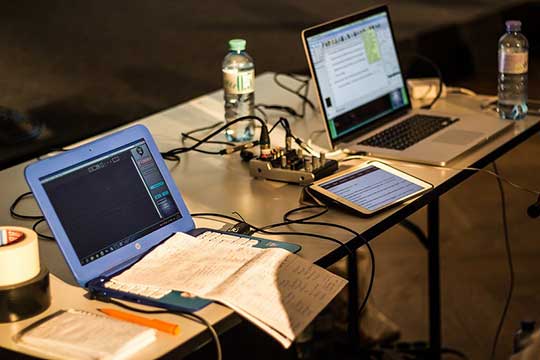There are typically three areas of IoT from a bandwidth requirement perspective, high bandwidth, medium bandwidth and low bandwidth. Low-power wide-area networks (LPWANs) fit into the the low bandwidth area with their low-power usage, capability to support a large numbers of users and long-range connectivity over a long period of time which make it suitable for many IoT applications in areas such as sensor monitoring, metering, environment, asset tracking, and aggrotech. This also differentiates LPWAN from other wireless network protocols like Bluetooth, RFID, cellular M2M, and ZigBee etc, it addresses major drawbacks of short-range radio technologies (e.g. Wi-Fi, Bluetooth) and cellular.
Key LPWAN capabilities are low power consumption, low costs (module and connection), long range, low data size and throughput, and reduced complexity and scalability. The long-range of LPWAN technology varies from a few kilometers in urban areas to over 10 km in rural settings , the low power of LPWAN transceivers can run on small, inexpensive batteries for up to 20 years. There are a number of competing standards and vendors in the LPWAN space, the most prominent of which include:
- DASH7, a low latency, bi-directional firmware standard that operates over multiple LPWAN radio technologies including LoRa.
- Chirp spread spectrum based. Chirp is a data-over-sound communications firm whose technology is embedded in IoT devices and sensors.
- Sigfox, UNB-based technology and French company.
- LoRa is a proprietary, chirp spread spectrum (CSS) radio modulation technology for LPWAN used by LoRaWAN, Haystack Technologies, and Symphony Link.
- MIoTy, implementing Telegram Splitting technology.
- Weightless is an open standard, narrowband technology for LPWAN used by Ubiik.
- Wize is an open and royalty free standard for LPWAN derived from the European Standard Wireless Mbus.
- Ultra Narrowband (UNB), modulation technology used for LPWAN by various companies including:
- NB-Fi Protocol, developed by WAVIoT company.
Additional standards and vendors
- DASH7 Mode 2 development framework for low power wireless networks, by Haystack Technologies. Runs over many wireless radio standards like LoRa, LTE, 802.15.4g, and others.
- LTE Advanced for Machine Type Communications (LTE-M), an evolution of LTE communications for connected things by 3GPP.
- MySensors, DIY Home Automation framework supporting different radios including LoRa.NarrowBand IoT (NB-IoT), standardization effort by 3GPP for a LPWAN used in cellular networks .
- Random phase multiple access (RPMA) from Ingenu, formerly known as On-Ramp Wireless, is based on a variation of CDMA technology for cellular phones, but is purpose-built to use unlicensed 2.4GHz spectrum. RPMA is used in GE’s AMI metering.
- Taggle Byron. A Direct Sequence Spread Spectrum (DSSS) technology from Taggle Systems in Australia. developer of Low Power Wide Area (LPWA) radio technology offering low-cost, low-power, long range communications for many types of sensors and devices.
- Wi-SUN, based on IEEE 802.15.4g
More on LPWAN for IoT in future posts…

